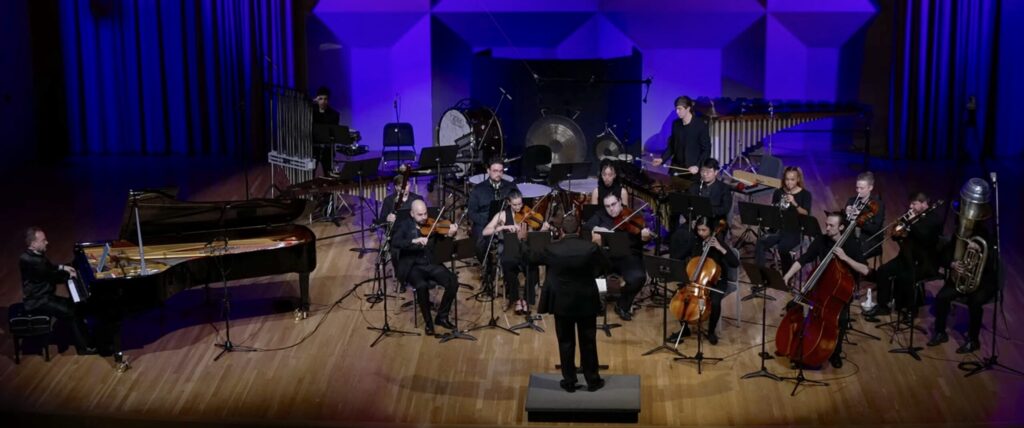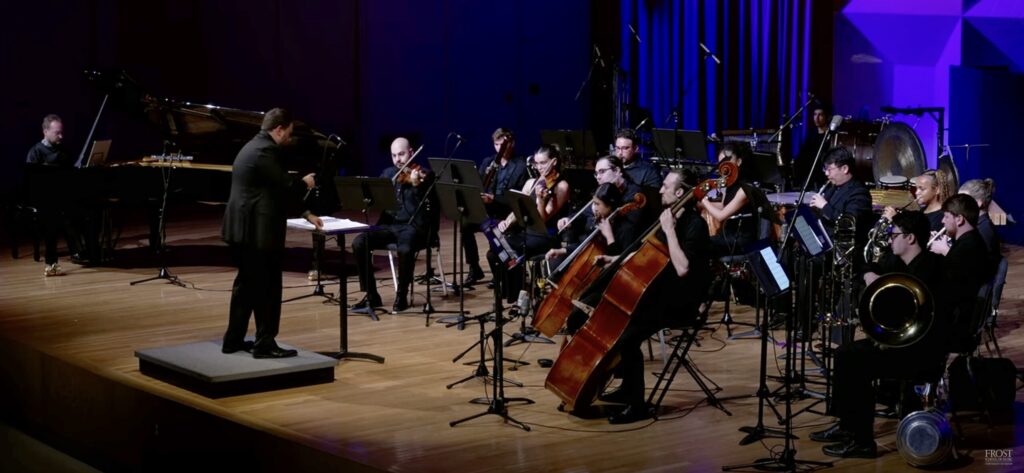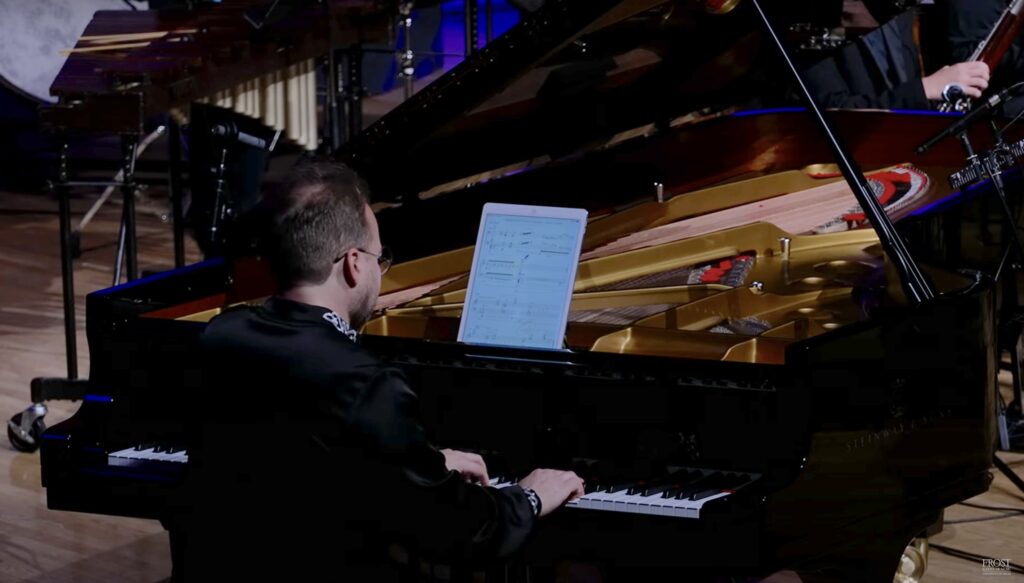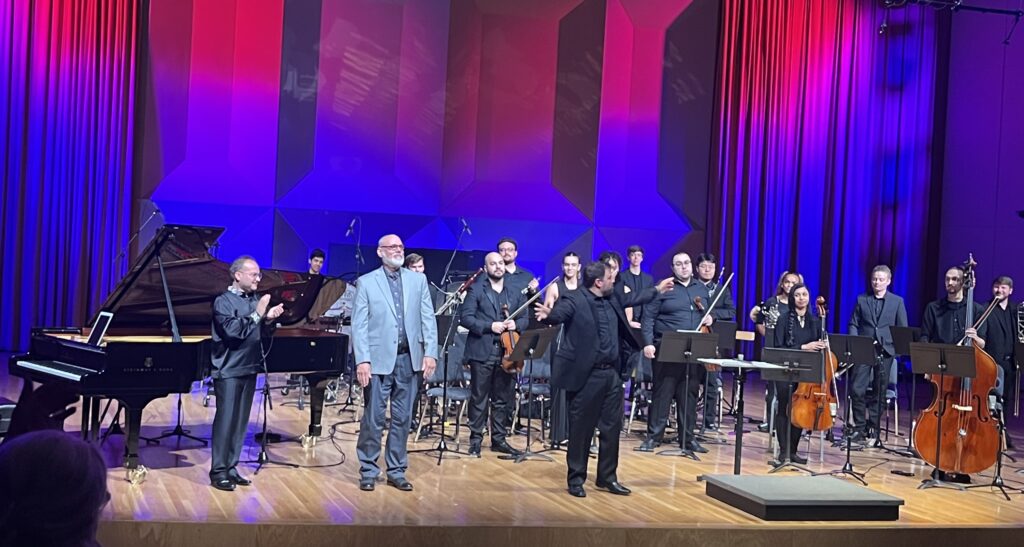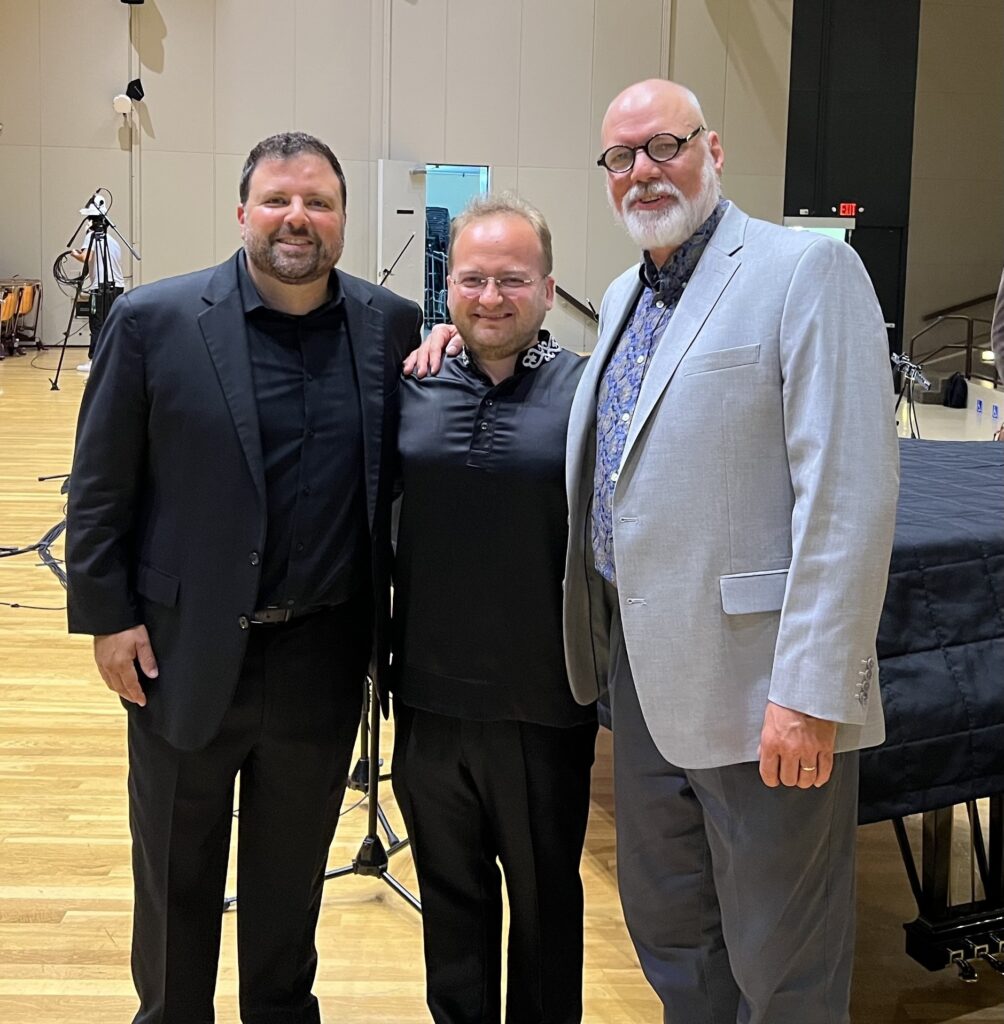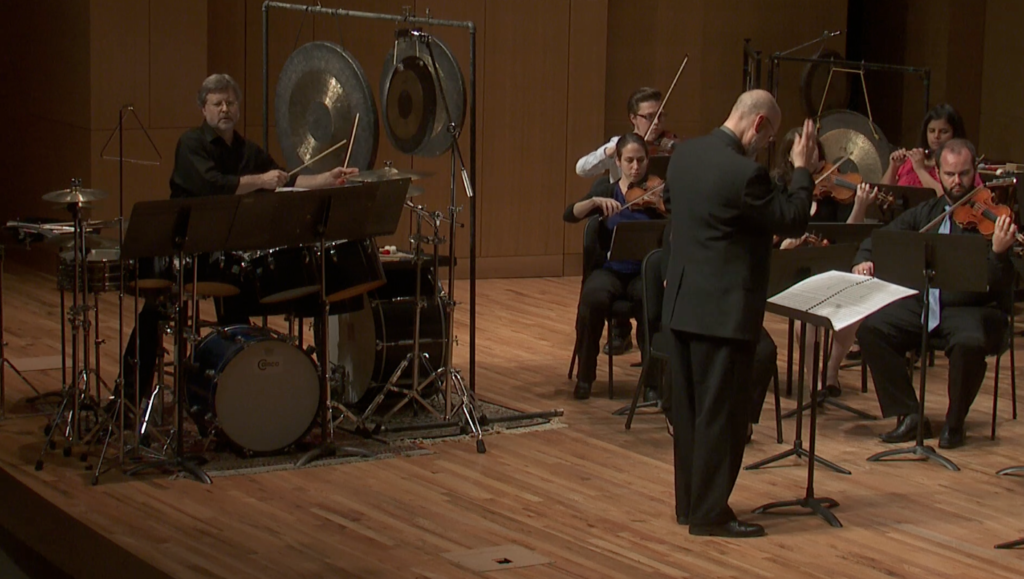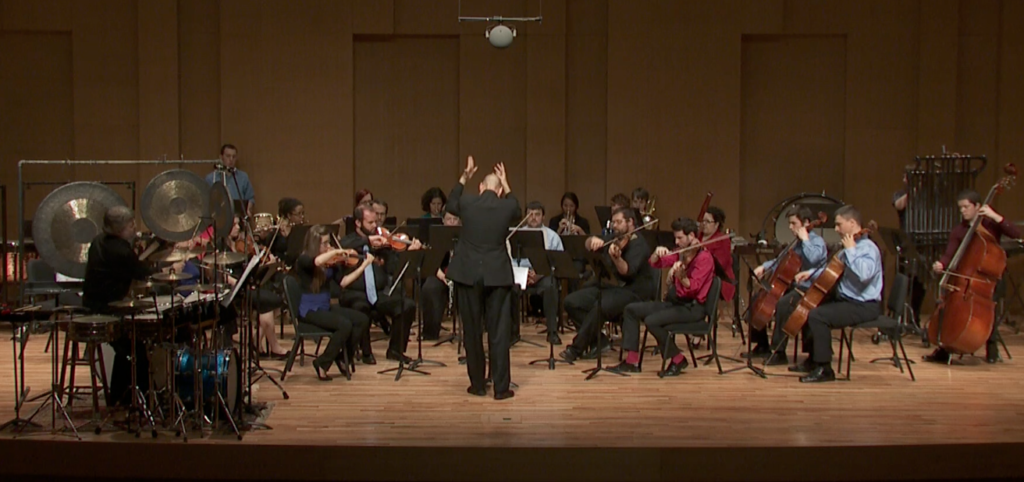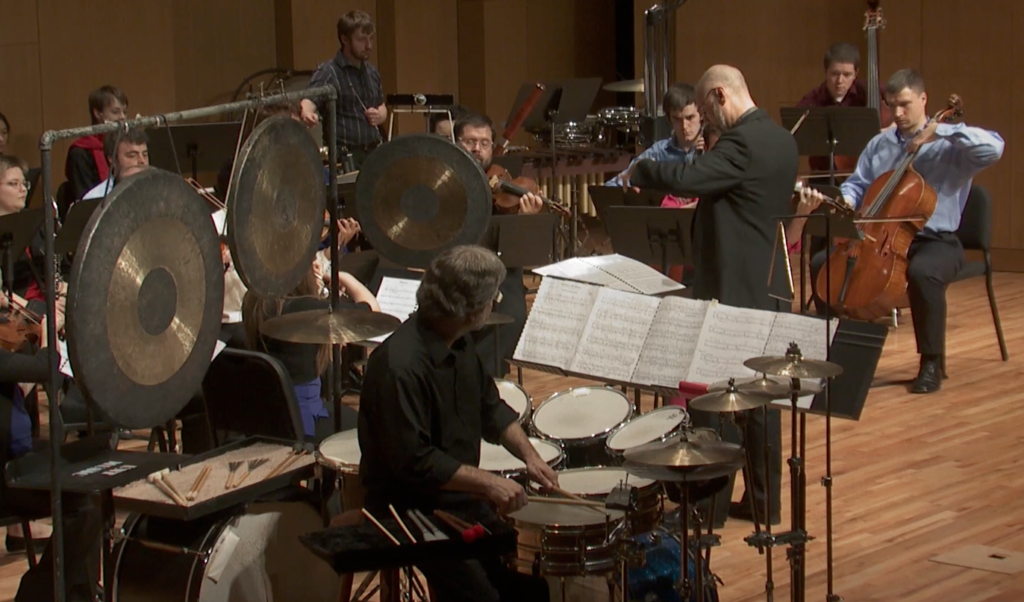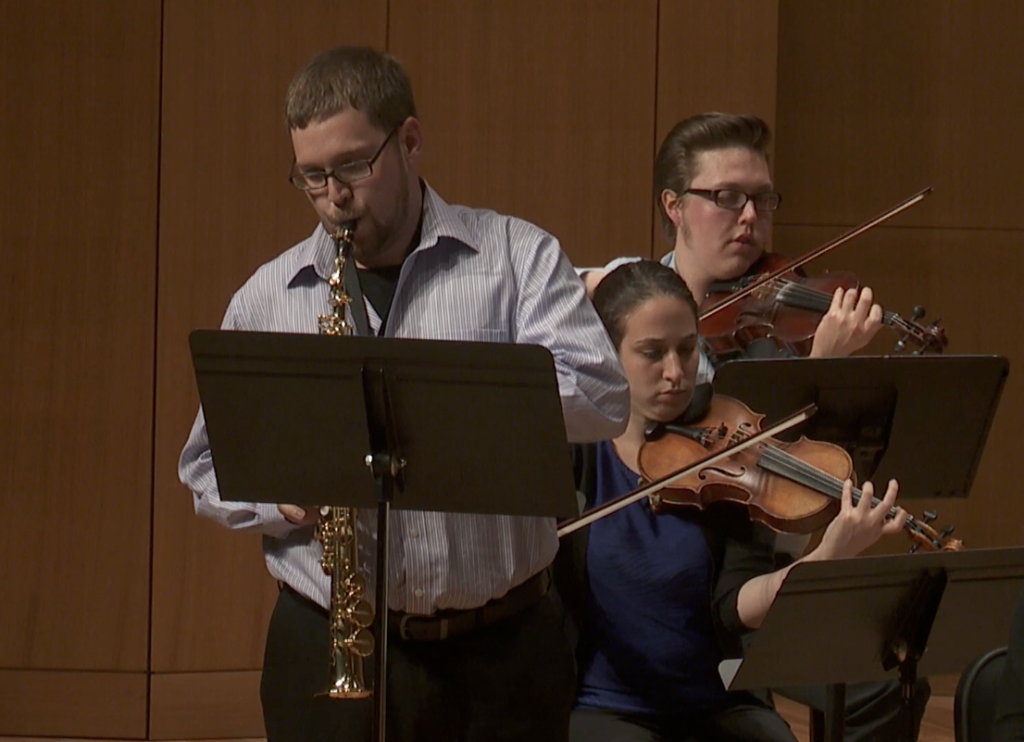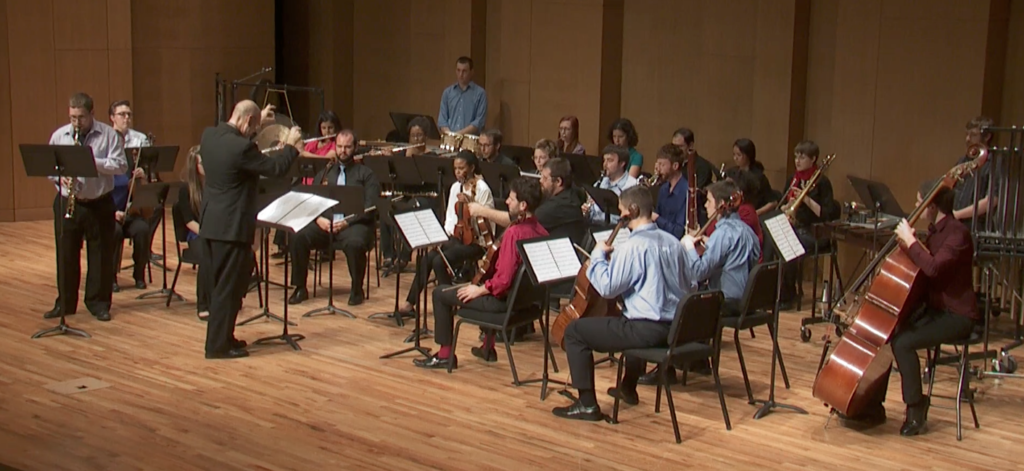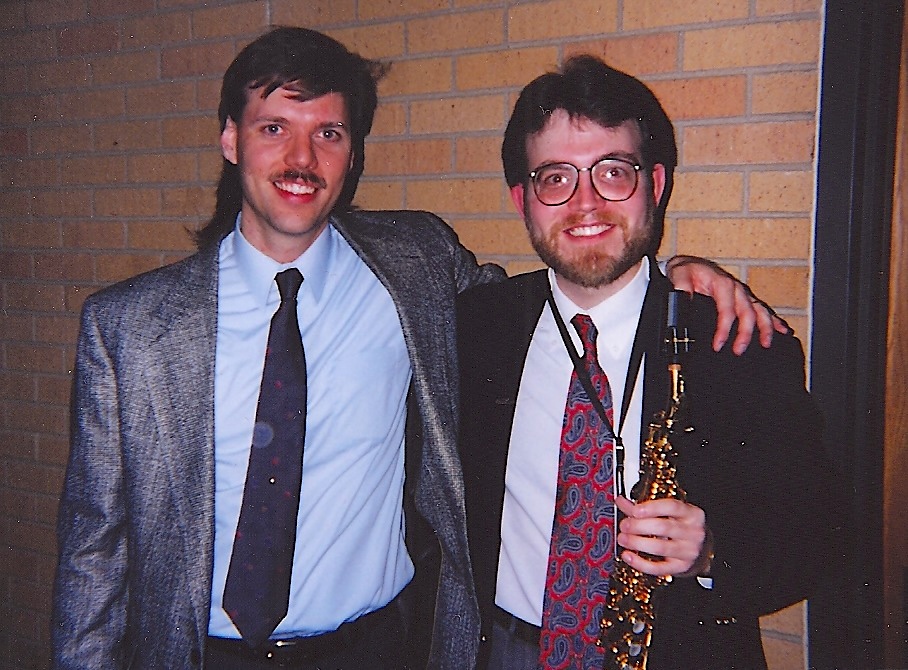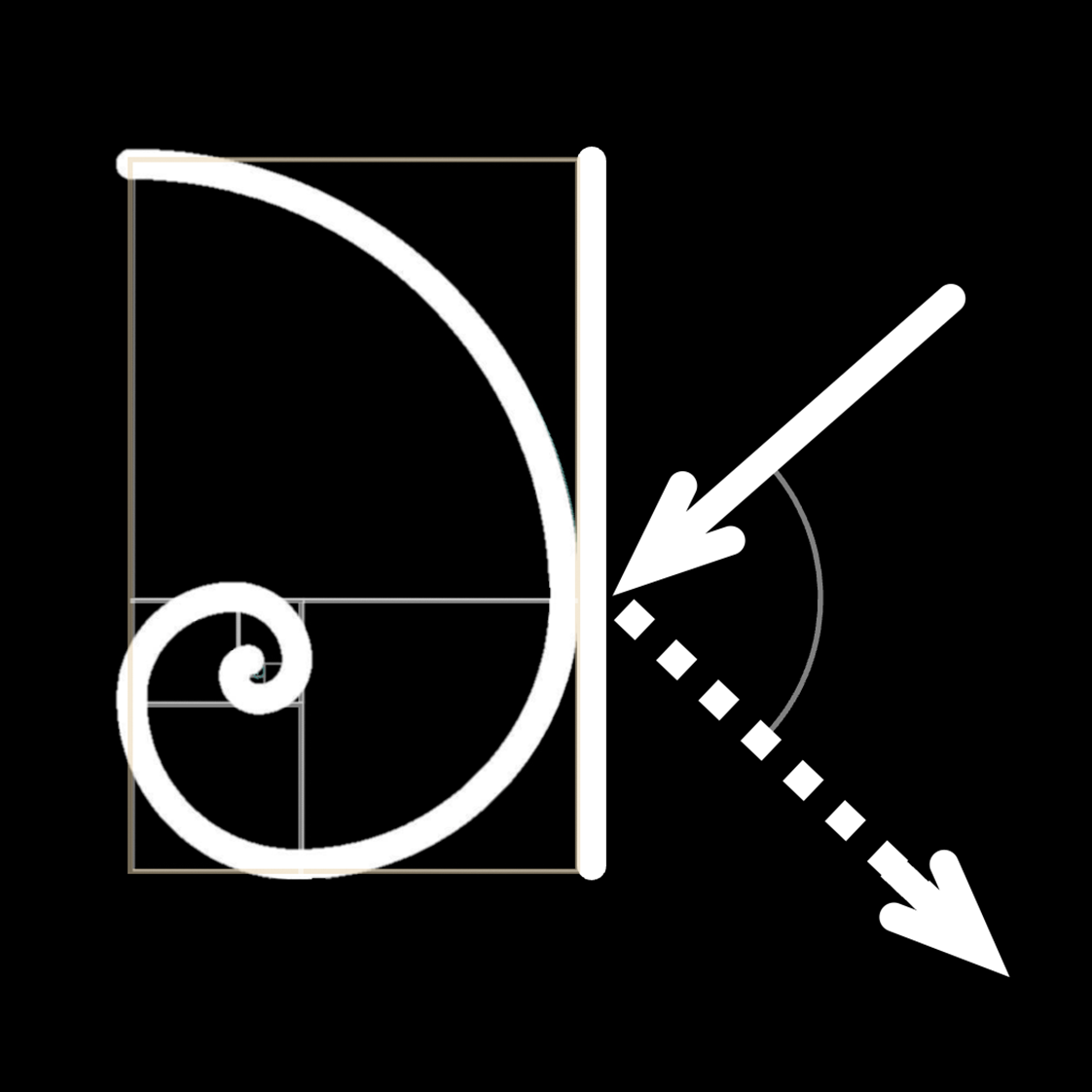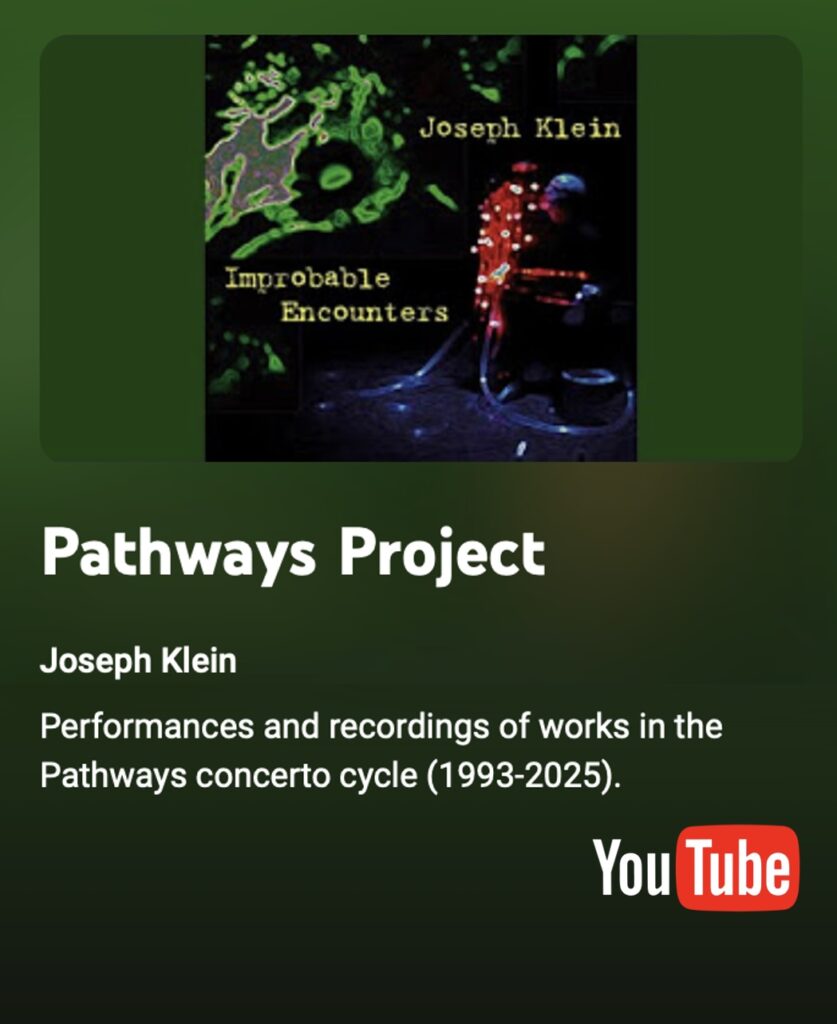Projects:
Pathways:
Begun in 1993, Pathways is a series of works for solo instrument and chamber orchestra (later transcribed for large chamber ensemble) which consists of a single, fixed orchestral accompaniment through which each of the featured solo traverses a unique path. The entire cycle will include five iterations of the work, four of which have been completed to date, for each of the following instruments:
- Trombone (tenor and alto): Pathways I: Opposing Forces, for Andrew Glendening (1993)
- Percussion: Pathways II: Revolution, for Daniel Hostetler (1994)
- Soprano saxophone: Pathways III: Interior Shadows, for Eric Nestler (1995)
- Piano: Pathways IV: Rhymes & Spirals, for Redi Llupa (2024)
- Violin: Pathways V: Tides of Change, for Pala Garcia (in progress)
While the approach to the ensemble part is highly structured and rational, the solo parts are much more spontaneous and reactive. That is not to say that they are not themselves carefully crafted to fit within the pre-composed environment; only that the approach is less rigorous and more adaptable. This allows for a variety of relationships to be explored between the soloist and ensemble (traveler/environment):
- In Pathways I: Opposing Forces, the relationship between trombone and ensemble is one of contention, with the two forces pitted against one another throughout.
- Pathways II: Revolution was composed in response to the 1992 Los Angeles riots—reflected in the confrontational nature of the solo percussion part, which manifests tension and reacts to the ensemble in an aggressive manner.
- In Pathways III: Interior Shadows, the saxophone soloist acts as a commentator, mirroring (and elaborating upon) the material presented within the ensemble.
- In Pathways IV: Rhymes & Spirals, the wide range and versatility of the piano—including its ability to play contrapuntal lines and chords—allow for interactions that are not possible with any of the other solo instruments. This work is a reflection on the political and cultural events in the United States (and elsewhere in the world) over the previous decade.
- Pathways V: Tides of Change will be divided into eight brief episodes, each addressing an aspect of the impending climate crisis, with the violin acting to influence—often in futility—the seemingly inexorable trajectory of the ensemble.
